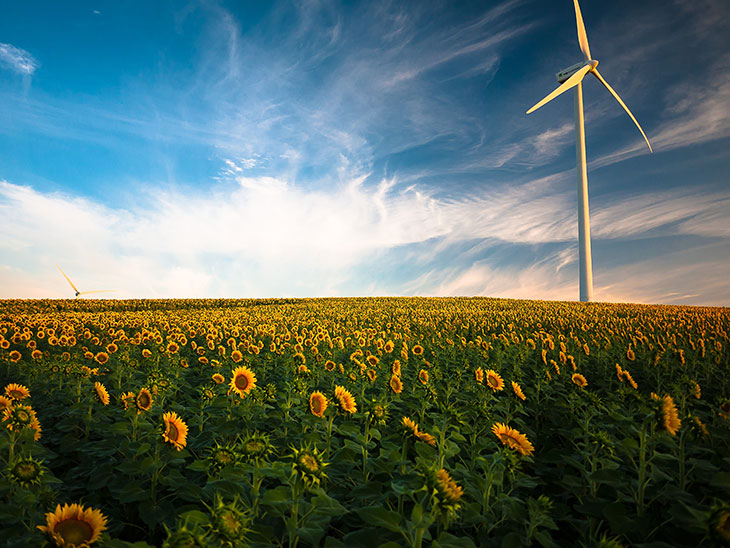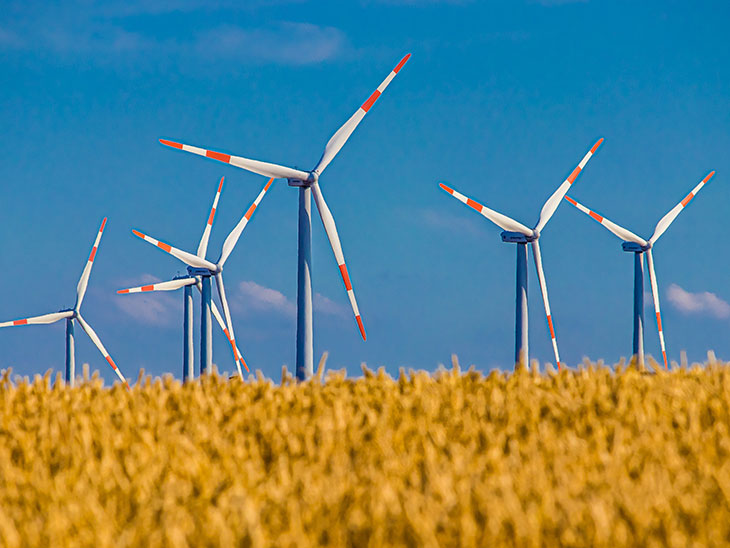
What Can Our Ancestors Tell Us About Humanity’s Carbon Footprint?
What can our ancestors tell us about humanity’s carbon footprint? Keep reading to find out how much carbon our ancestors were emitting, and what this could mean for our own carbon usage.
What is a carbon footprint and how has it changed over the years?
A carbon footprint is a measure of the amount of greenhouse gases an individual, organization, event, product or country emits. Greenhouse gases are emitted when fossil fuels like coal and oil are burned to produce energy. The most common greenhouse gas is carbon dioxide (CO2). When these gases accumulate in the atmosphere, they trap heat and cause global warming.
Humanity’s carbon usage has increased dramatically in the last few decades as humanity has become increasingly reliant on fossil fuels. Today’s population now emits more than 40 billion tonnes of CO2 each year. That’s more than two hundred times the natural emissions rate.
How does this differ from early human populations? For starters, early human beings were nomadic, which meant they didn’t emit a lot of carbon. They also didn’t have many of the modern conveniences that people take for granted today, such as cars and air travel. As society has evolved, so has carbon usage. Humanity is now living in an era where disposable items are commonplace and technology is constantly advancing. This has led to an increase in greenhouse gas emissions, which contributes to climate change.
Can today’s populations make a difference when it comes to climate change?
Yes, today’s populations can reduce carbon emissions by making active changes. For example, countries can switch to renewable energy sources like solar and wind power, or drive less and take public transport instead. People can also recycle and compost waste, eat less meat, and buy products made from sustainable materials. Using sustainable product packaging is one of many ways to reduce environmental impact by lowering or elimination plastic waste. Eco friendly lotion packaging, for example, protects lotion from outside contaminants and helps keep it fresh. Traditional plastic bottles are not recyclable and often end up in landfills. It’s important to choose sustainable packaging for beauty products.

It’s going to be challenging to make these changes, but it’s possible. In order to make a difference, people will need to advocate for policy changes that will help reduce greenhouse gas emissions, like investing in renewable energy sources and supporting business with clear climate initiatives over those that contribute to the use of fossil fuels. Individual actions are also necessary. The more people are thoughtful about consumerism and waste, the better it will be. It’s essential to stress the importance of preserving the environment for future generations.
What are some individual ways you can reduce your carbon usage?
One clear way is to drive less. Another is to eat less meat. Meat production creates a lot of greenhouse gases, and eating plants instead of meat can reduce a person’s carbon usage by up to 50 percent. Recycling also helps reduce carbon footprints. Recycling requires significantly less energy than creating new products from scratch. Switching to energy-efficient light bulbs and appliances can also help reduce emissions. Conserving water also reduces the amount of carbon dioxide that is released into the atmosphere. Finally, raising awareness about climate change and how people can take action to mitigate it is an important way to reduce emissions.
Today, the understanding of human genetics has progressed to the point where scientists can map an individual’s entire genome. DNA analysis ancestry can be used to determine many things about a person, including their traits, migration patterns, and habits. One way that this information is being used to study humanity’s carbon usage is by looking at the distribution of certain genetic variants around the world. By studying these variants, scientists can get a better understanding of how different populations contributed to the change in climate.
By understanding how previous ancestors managed their resources, today’s population can work to improve current sustainability practices.
